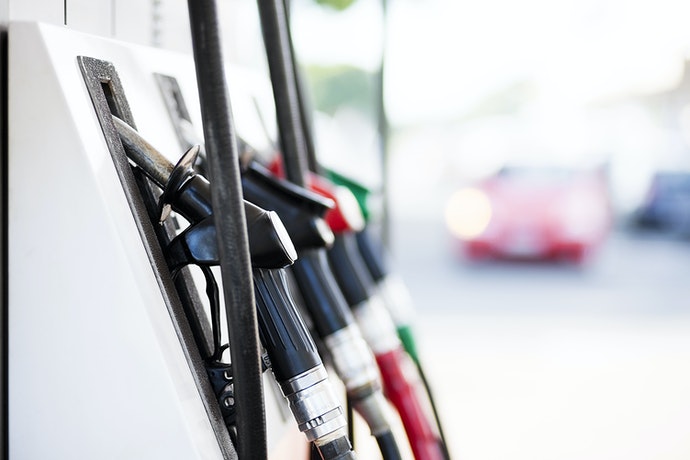
Improving the fuel efficiency of a company’s fleet of vehicles can have many financial and environmental benefits, especially with fuel prices on the rise. Fuel can be one of the largest and most difficult expenses to predict and control. Therefore, it’s important for vehicle fleet managers to conserve fuel, maximize efficiency and reduce vehicle emissions by implementing fuel-efficient policies, technology and maintenance strategies.
Best Practices
Managing a fleet’s fuel usage—even for just a couple of vehicles—can feel overwhelming. The following are ways to reduce fleet fuel costs and make operations more efficient:
- Monitor driving patterns. A U.S. Department of Transportation report found that there can be as much as a 35% difference in fuel consumption between a good and poor driver. Monitoring speeding, braking and acceleration patterns can indicate whether drivers are using good practices on the road or operating inefficiently.
- Cut engine idling. Idling can burn a quarter to a half gallons of fuel per hour. To reduce fuel and oil waste:
- Turn off the engine while waiting or making deliveries.
- Turn off the engine while stuck in traffic.
- Do not idle to warm up the engine.
- Improve route efficiency. Route efficiency can be improved with GPS tracking technology to ensure operations are streamlined and drivers don’t spend their day and fuel driving back and forth.
- Remove unnecessary weight from vehicles. Every extra 100 pounds in a vehicle can increase gas costs by up to $0.03 cents per gallon, which can quickly add up over the course of hundreds of thousands of gallons across multiple vehicles. Only travel with necessary packages or equipment.
- Schedule maintenance. Preventive and regular maintenance can reduce fuel costs, extend the lifespan of fleet vehicles and ensure the safety of drivers and the community.
- Check the tire pressure. Tires should be inflated to 75% of the recommended pressure; underinflated tires can significantly lower a vehicle’s average gas mileage. Checking the tire pressure should be a mandatory part of the pre-trip safety check since it not only improves the cost per mile but also helps the vehicle respond properly in unsafe situations.
- Dispatch the closest vehicle. Business margins and fuel efficiency can be improved by dispatching the closest vehicle to a new delivery or appointment. Fleet-tracking programs can help automate dispatching and routing.
- Leverage a fleet telematics solution. A fleet telematics solution can help managers gain data and insight into fleet status in terms of individual vehicle performance and overall operations, allowing them to make changes that will help fuel efficiency.
- Provide incentives. Fleet managers can encourage efficient driving by offering drivers incentives, such as recognition or special privileges.
- Implement driver training. Providing drivers with training regarding fuel-efficient habits can increase their awareness of fuel efficiency on the road. It can help them be mindful of things like keeping gears low when accelerating, changing gears early, driving at slower speeds and learning to read the road more effectively.
By implementing policies and practices that monitor and reward fuel-efficient behavior, fleet operations can reduce fuel costs. For more risk management guidance, contact us today.



